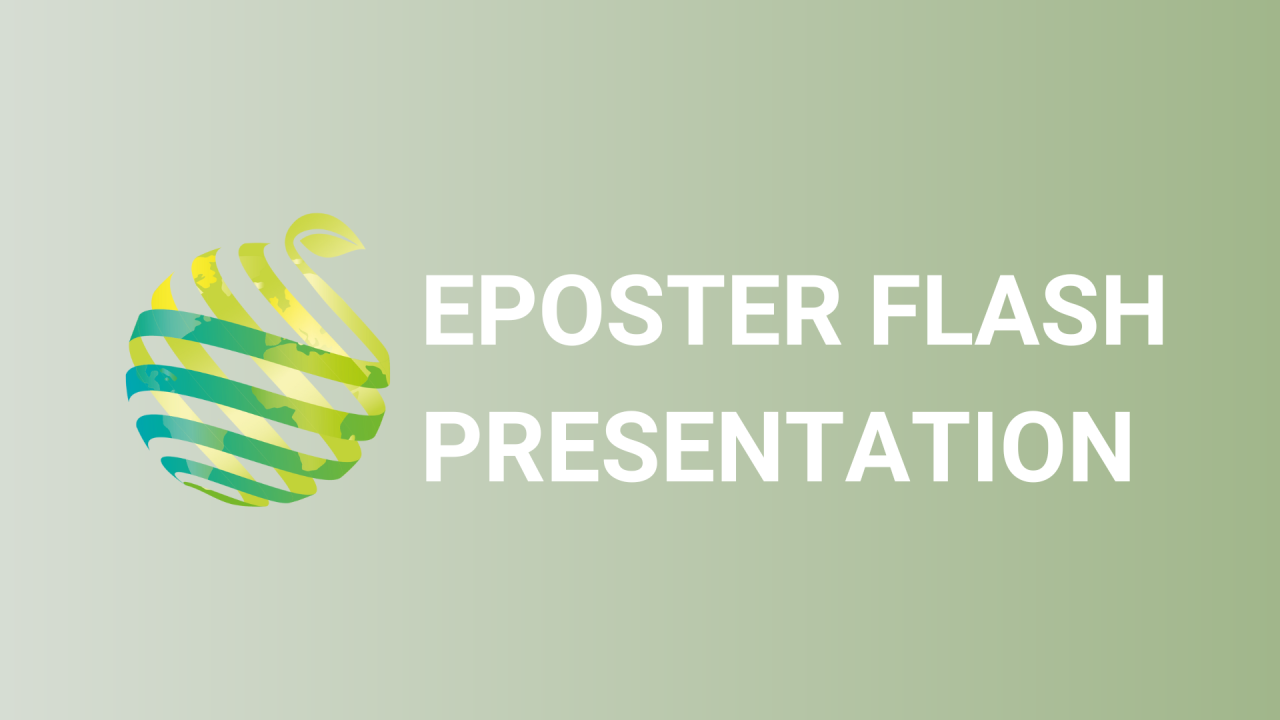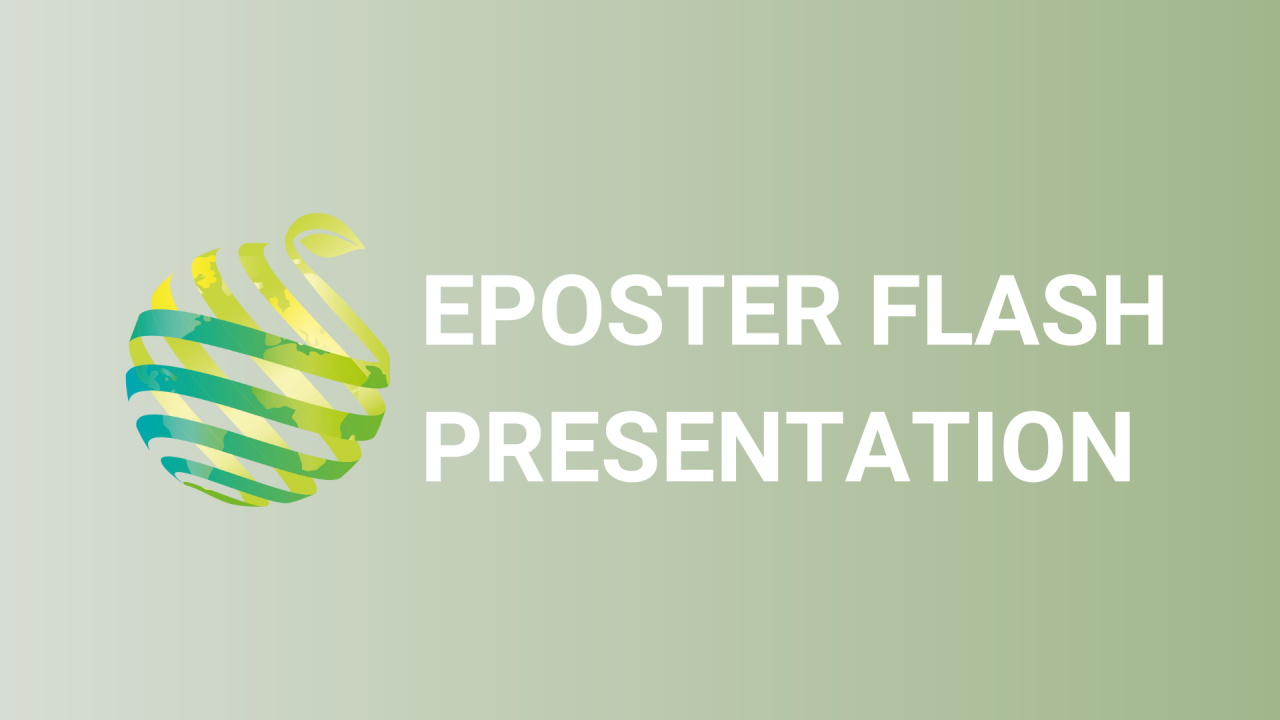

S11 - Session P2 - Effects of the elevated temperature on phenological changes and fruit quality of 'Mihong' peach
Information
Authors: Seul-Ki Lee*, Jeom Hwa Han, Jung-Gun Jo, Jae Hoon Jeong, Suhyun Ryu
The average temperature in the Republic of Korea is expected to increase to 5.7℃ in the late 21st century according to climate change scenarios RCP 8.5. Therefore we investigated the effects of the elevated temperature on phenological changes and fruit quality of 'Mihong' peach ( Prunus persica ). In March 2019, eight 1-year-old peach trees were planted in a temperature gradient chamber (TGC) at NIHHS, in Wanju. The temperature inside the TGC was set up to a maximum of 5℃ higher than ambient temperature using a heater and ventilation pans. The average temperature of control (ambient) is 14.9℃ from April 2019 to July 2021. The temperature of treatments increased to 19.8℃ (control+4.9℃). We used the Utah model to determine the change of the initial point of dormancy, breaking time of internal dormancy, and full bloom dates according to elevated temperature. The initial point and breaking time of internal dormancy were delayed by up to 39 days and 17 days, respectively, as the temperature was increased. Therefore the period of dormancy at the elevated temperature treatments was shorter than the control. The full bloom and harvest dates were accelerated up to 16 days and 18 days, respectively, as the temperature was increased. The seven trees at the elevated temperature were grouped into four treatments (+2.0~4.8℃) to conduct fruit quality investigation. The fruit weight was increased as the temperature was increased but was decreased at treatment 4 (+4.8℃) compared to treatment 3 (+4.2℃). The yield of treatments was decreased as the temperature was increased. The fruit length and LD ratio (length/width) were increased as the temperature increased, resulting in the incidence of fruit malformation. These results suggest that an elevated temperature in the future may give a negative effect on the yield and fruit quality of peach 'Mihong'.